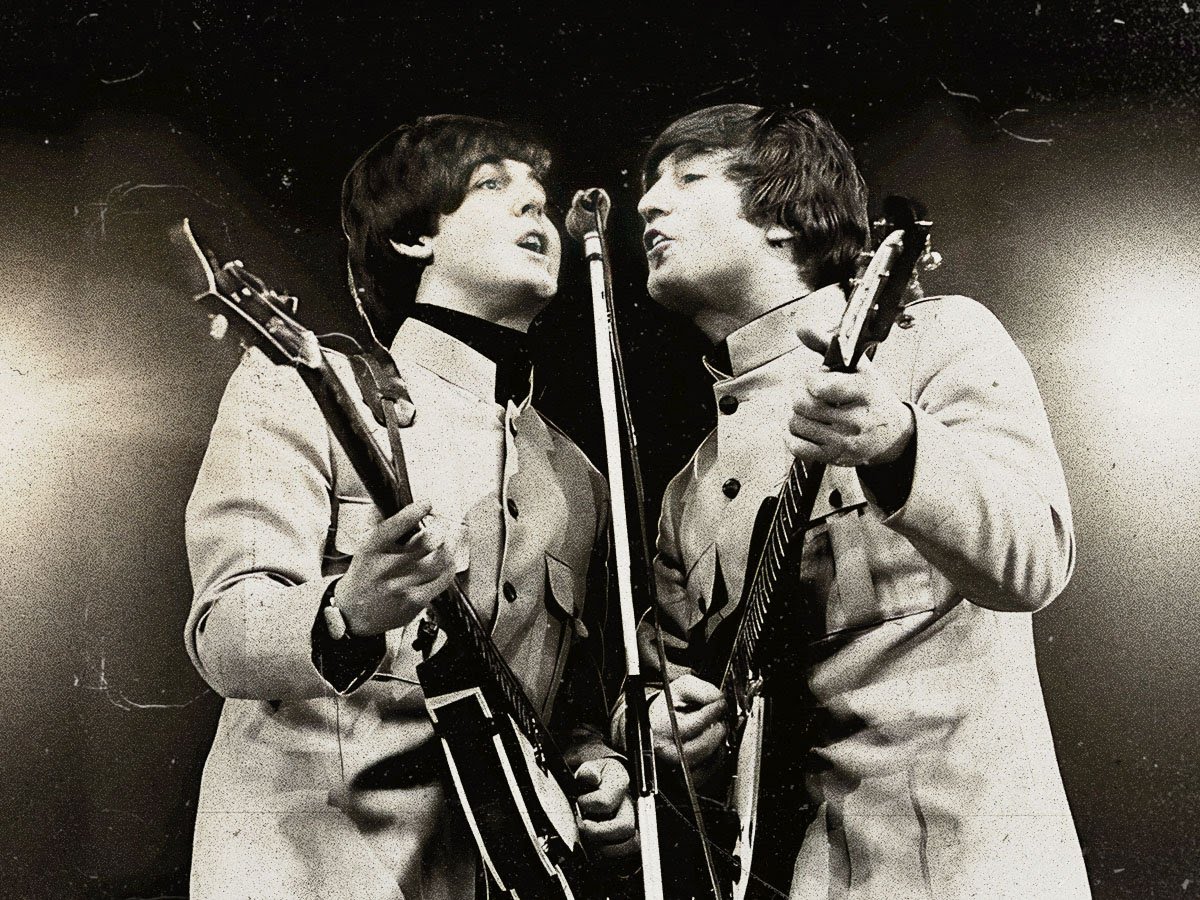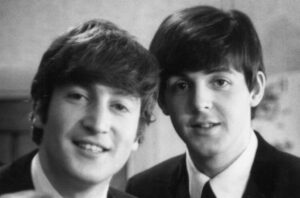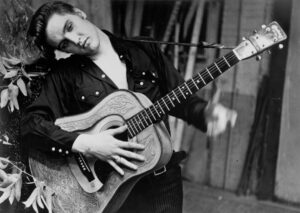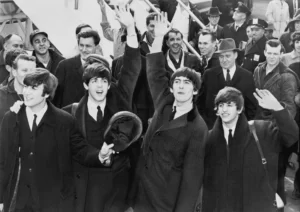By 1965, The Beatles had a strict routine when it came to live performances. Ever since the days after graduating from the gruelling shows in Hamburg, Germany and The Cavern Club in their hometown of Liverpool, England, the Fab Four had reduced their stage appearances to run at just under half an hour. The days of stadium rock shows, day-long festivals, and multiple-hour concerts were still a few years away by this point. The Beatles got in, created hysteria, and left before anybody knew what had happened.
1965 would prove to be a pivotal year for the band’s ongoing evolution. Surrounded by a hazy of marijuana, The Beatles were officially becoming burned out from the nonstop cycle of touring, recording, filming movies, and making promotional appearances. All the while, the group were experimenting with their established sound: songs from that year’s Help! album like ‘Ticket to Ride’, ‘I’ve Just Seen a Face’, and ‘You’ve Got to Hide Your Love Away’ pushed the band outside of their pop-rock comfort zone.
The most significant change was found in Paul McCartney’s song ‘Yesterday’. Cut solo with an acoustic guitar and later overdubbed with a string quartet, ‘Yesterday’ was a challenging new direction that signalled a more nuanced and mature sound. However, that style was nearly impossible to replicate on stage. Throughout 1965 and 1966, the band attempted to perform ‘Yesterday’ at their live shows, with a full-band electric arrangement eventually being adopted. However, the chaotic screams of fans made the delicate music of ‘Yesterday’ difficult to reproduce.
Instead, The Beatles stuck to their trusty canon of rock and roll covers and hard-driving original songs. It might have been years since they had played a proper club, but the band were still holding on to old-school favourites like ‘Twist and Shout’ and ‘Long Tall Sally’ by the end of their touring career. Newer originals like ‘Help!’ and ‘I Feel Fine’ had also made their way into the set, but the group couldn’t mess with the established formula too much.
Their relatively short sets meant that there had to be a full bill at every Beatles show to give the audience their proper money’s worth. Acts like The Young Rascals, Brenda Holloway, the King Curtis Band, Cannibal & the Headhunters, and Sounds Incorporated had the unenviable task of opening for The Beatles, often being subjected to boos as the crowds grew restless to see the headliners.
When The Beatles pulled into Shea Stadium in New York City, it was at the start of their 1965 US tour, the second that they had staged since first arriving in America more than a year prior. Beatlemania was still very much at its peak, but The Beatles themselves were changing rapidly. Having tried LSD for the first time earlier in the year, John Lennon and George Harrison began spearheading a new direction for the band (Ringo Starr would first try the drug during the week-long respite the band had in Los Angeles at the end of the tour, which would later be the inspiration behind the 1966 track ‘She Said She Said’).
But the band had a job to do. After being introduced by Ed Sullivan and running from the main dugout used by the Mets, The Beatles took the stage and immediately counted out the opening bars for ‘Twist and Shout’. Appropriately, the audience responded with massive shouts of their own. Most of the audio from the show was played throughout the stadium’s speaker system, the likes of which were ill-equipped to handle rock music.
“What I remember most about the concert was that we were so far away from the audience. … And screaming had become the thing to do. … Everybody screamed. If you look at the footage, you can see how we reacted to the place. It was very big and very strange,” Ringo Starr recalled in Anthology. “Now we were playing stadiums! There were all those people and just a tiny PA system – they couldn’t get a bigger one. We always used to use the house PA. That was good enough for us, even at Shea Stadium. I never felt people came to hear our show – I felt they came to see us. From the count-in on the first number, the volume of screams drowned everything else out.”
While the massive size of the stadium threatened to swallow the group whole, The Beatles stuck to their established repertoire and simply tried to make it out alive. Harrison sang his cover of Carl Perkins’ ‘Everybody’s Trying to Be My Baby’ while Starr opted to do his take on Buck Owens’ ‘Act Naturally’. Frenetic rockers like ‘Dizzy Miss Lizzy’ and ‘A Hard Day’s Night’ were favoured, with the complex harmony work of ‘Baby’s In Black’ having largely been drowned out.
“Once you go on stage and you know you’ve filled a place that size, it’s magic; just walls of people,” McCartney later remembered. “Half the fun was being involved in this gigantic event ourselves. I don’t think we were heard much by the audience. The normal baseball-stadium PA was intended for: ‘Ladies and gentlemen, the next player is…’ But that was handy in that if we were a bit out of tune or didn’t play the right note, nobody noticed. It was just the spirit of the moment. We just did our thing, cheap and cheerful, ran to a waiting limo and sped off.”
For the band’s final song, John Lennon stepped up to his Vox Continental organ and bashed out one of the loosest versions of ‘I’m Down’ that the band ever played. Wildly attacking the instrument with his elbows and feet, Lennon caused Harrison and McCartney to crack up throughout the track. For Lennon, Shea Stadium was the highest peak that the band ever submitted in terms of sheer popularity.
“It was marvellous. It was the biggest crowd we ever played to, anywhere in the world. It was the biggest live show anybody’s ever done, they told us. And it was fantastic, the most exciting we’ve done,” Lennon later claimed. “They could almost hear us as well, even though they were making a lot of noise, because the amplification was tremendous.”



